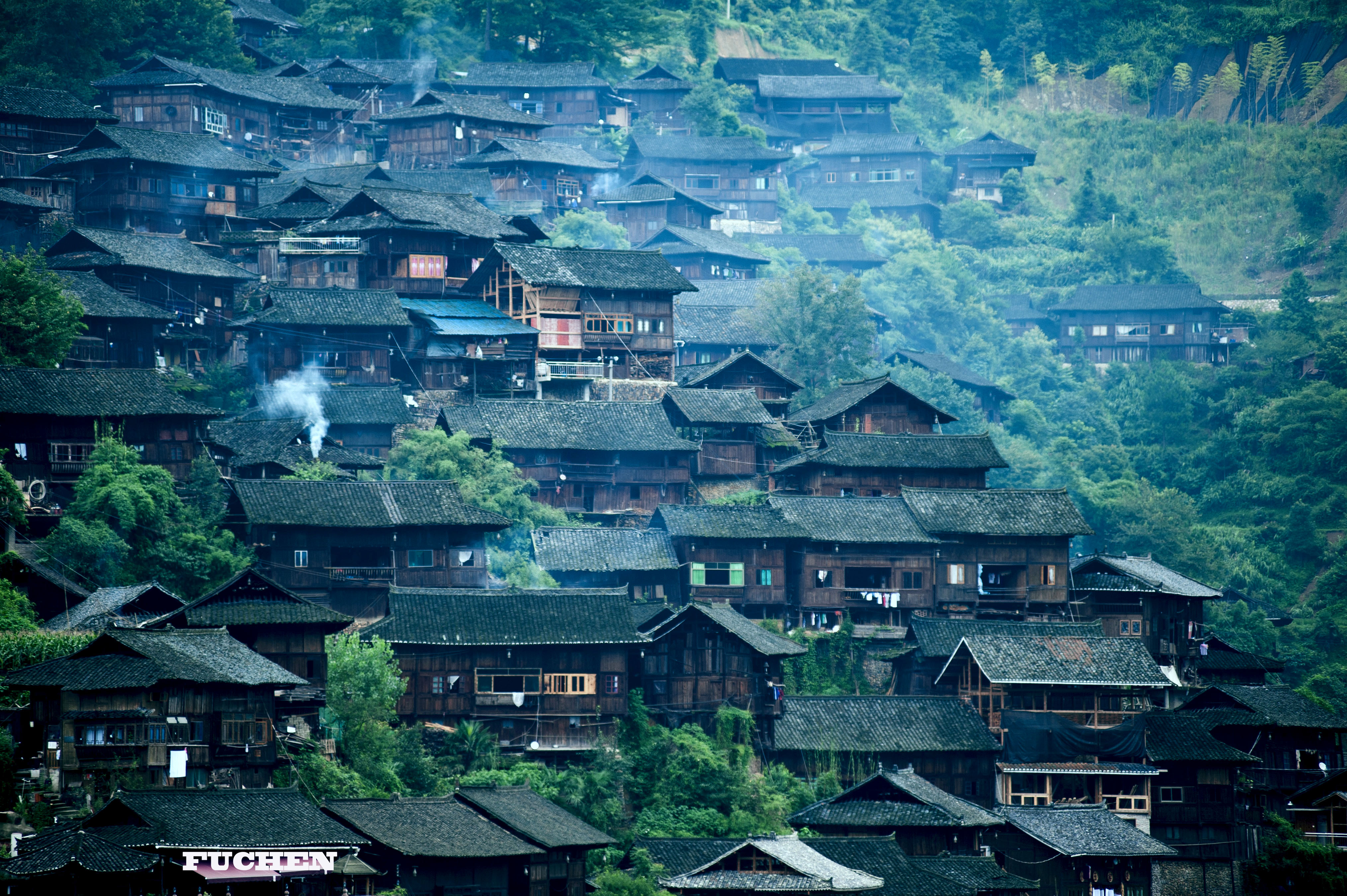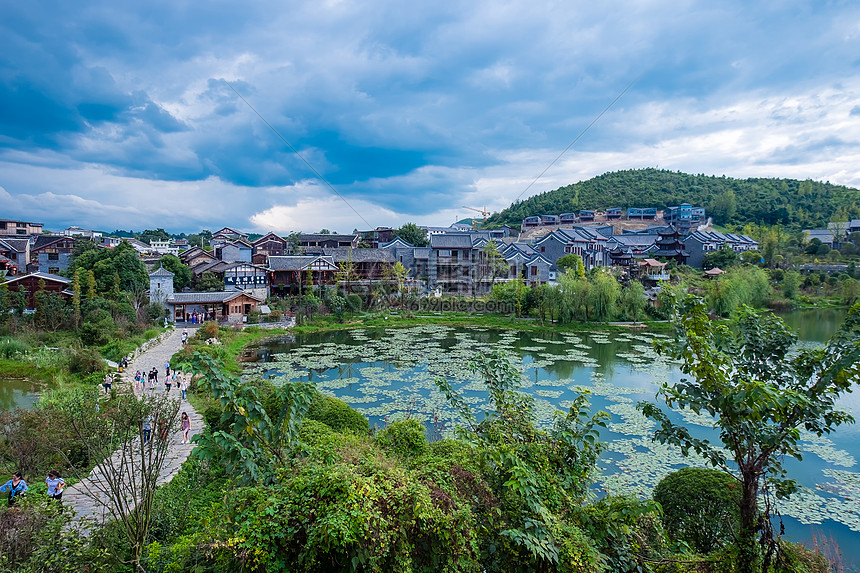





Xijiang Qianhu Miao Village
Xijiang Qianhu Miao Village, located in Leishan County, Qiandongnan Miao and Dong Autonomous Prefecture, Guizhou Province, China, is renowned as the largest Miao ethnic village globally. The village comprises over 1,000 traditional wooden stilt houses (diaojiaolou) cascading along the hillside, offering a picturesque view of Miao architecture and culture. Visitors can immerse themselves in the rich traditions of the Miao people, including vibrant festivals, intricate silver jewelry craftsmanship, and traditional music and dance performances. The village also features the Miao Nationality Museum, providing deeper insights into the history and customs of the Miao community.
Information
Ticket price
Time
Location
Leishan County, Qiandongnan Miao and Dong Autonomous Prefecture, Guizhou, China
View maps
More about the trip
Xijiang Qianhu Miao Village: The Largest Miao Village in the World
Xijiang Qianhu Miao Village, located in Leishan County, Qiandongnan Miao and Dong Autonomous Prefecture, Guizhou Province, China, is renowned as the largest Miao ethnic village globally. The village comprises over 1,000 traditional wooden stilt houses (diaojiaolou) cascading along the hillside, offering a picturesque view of Miao architecture and culture. Visitors can immerse themselves in the rich traditions of the Miao people, including vibrant festivals, intricate silver jewelry craftsmanship, and traditional music and dance performances.
What to See and Do
Explore the Stilt Houses: Wander through the village's narrow alleys and admire the unique wooden stilt houses built into the mountainside. Many offer guesthouse accommodations, allowing for an immersive experience.
Viewpoints: Climb to the observation deck at the top of the village for a panoramic view of the entire village, especially stunning at night when the houses are illuminated.
Miao Cultural Performances: Enjoy daily cultural performances showcasing traditional Miao songs, dances, and rituals. These often include the Lusheng dance and the "high-mountain flowing water" toast.
Miao Nationality Museum: Provides deeper insights into the history, customs, and daily life of the Miao community through various exhibits and artifacts.
Silver Jewelry Workshops: Observe artisans crafting intricate Miao silver jewelry, a significant part of Miao culture. You can also purchase authentic silver ornaments.
Local Cuisine: Sample authentic Miao cuisine, known for its sour and spicy flavors. Try dishes like sour fish soup, sticky rice, and various local snacks.
Best Time to Visit
Spring and autumn offer the most pleasant weather. The village is particularly vibrant during Miao festivals (e.g., Miao New Year, Lusheng Festival), which offer a deeper immersion into the local culture. Check the local calendar for festival dates.
How to Get There
Xijiang Qianhu Miao Village is accessible by bus from Guiyang or Kaili. From Kaili, there are direct tourist buses to the village. Many tour operators offer organized tours that include Xijiang.
Travel Tips
Wear comfortable shoes: You'll be doing a lot of walking on stone-paved streets and uphill paths.
Stay overnight: To fully experience the village, especially its illuminated night view and morning tranquility, consider staying overnight in one of the guesthouses.
Respect local customs: Be mindful and respectful of the traditions and beliefs of the Miao people.
Photography: The village offers endless opportunities for stunning photographs, especially at dawn and dusk.







